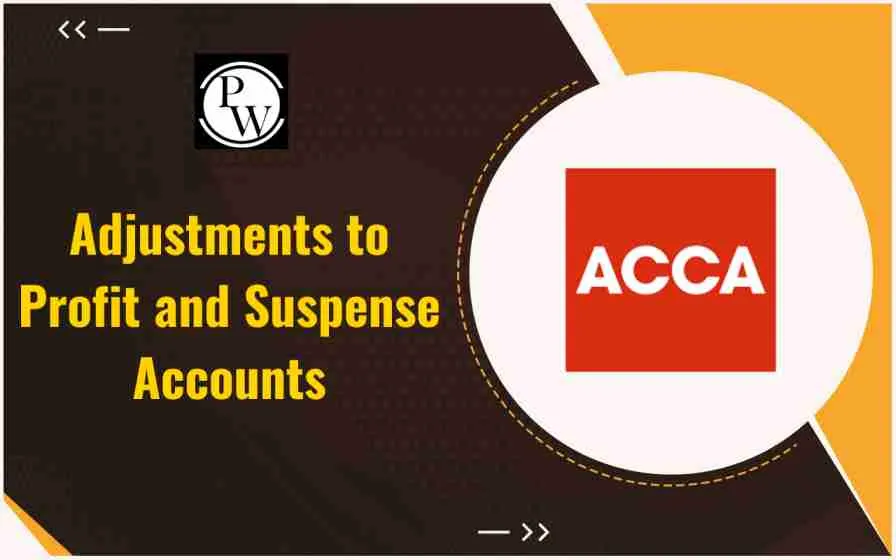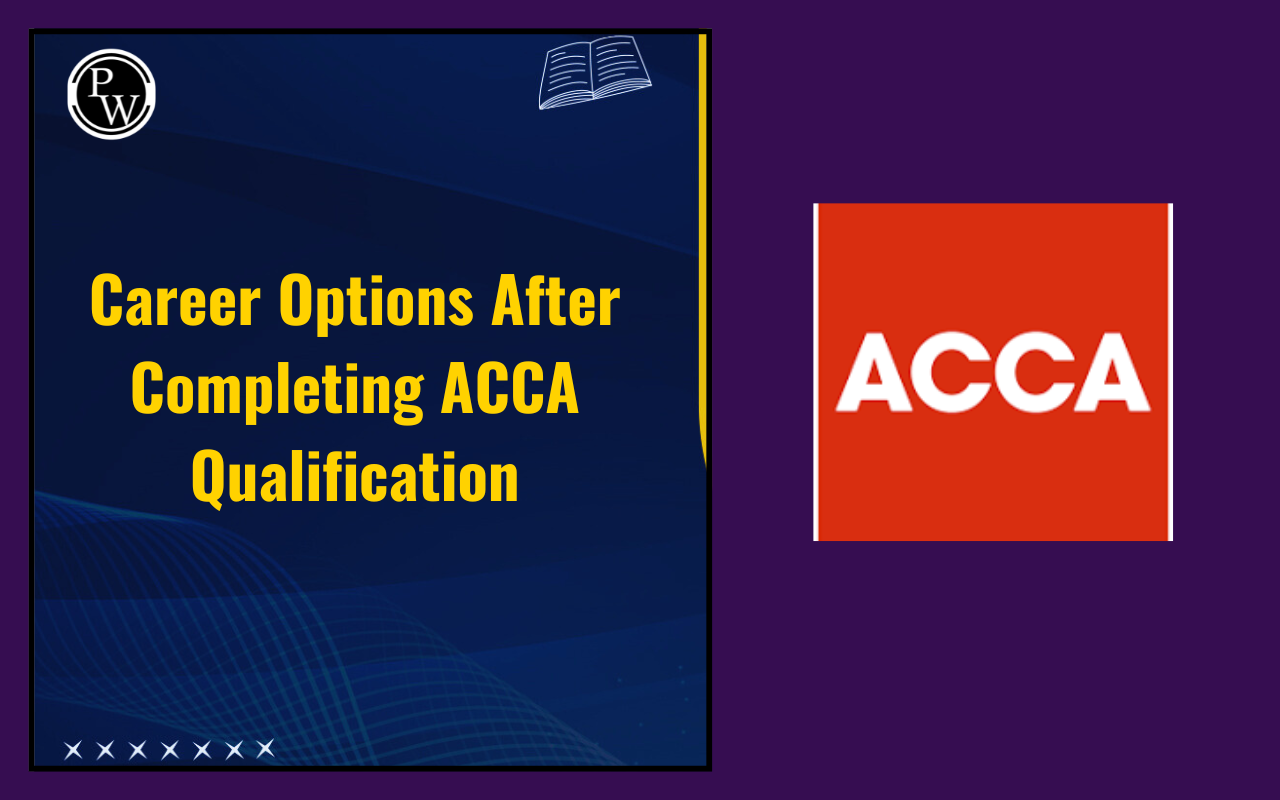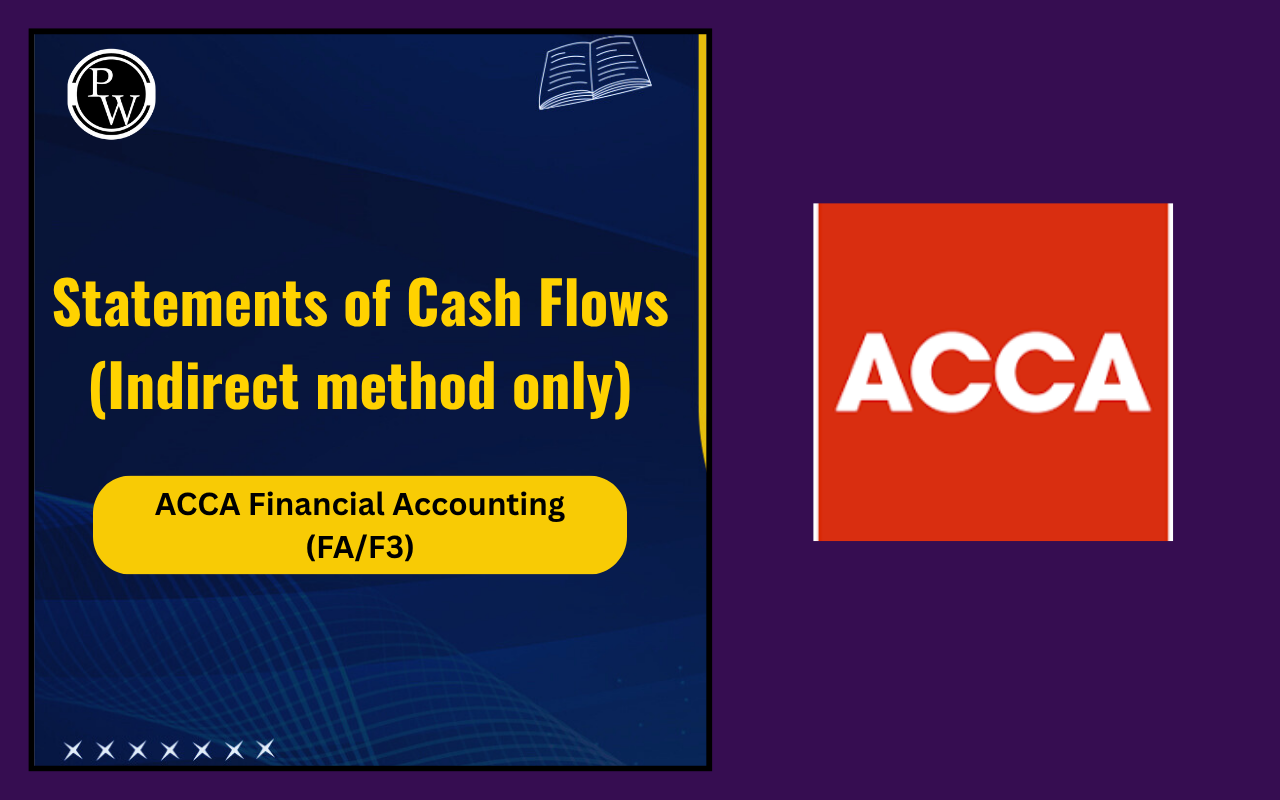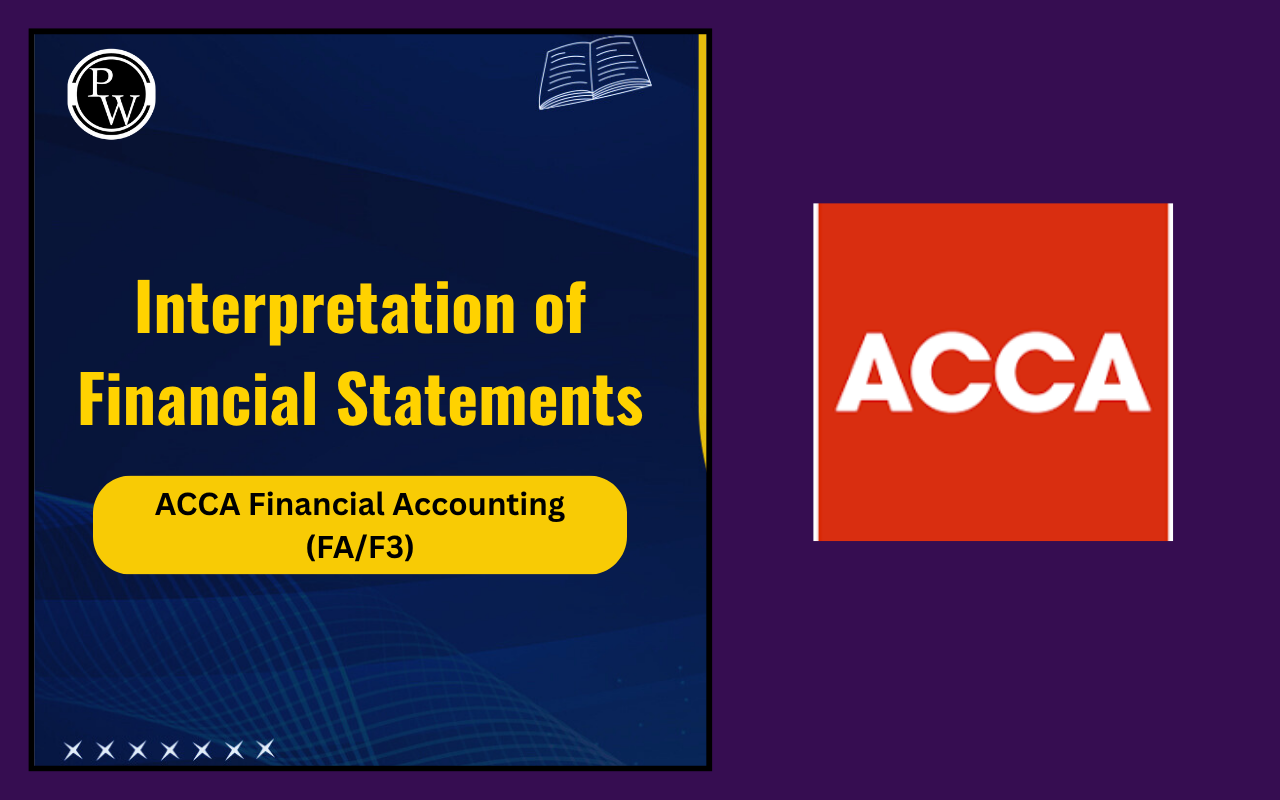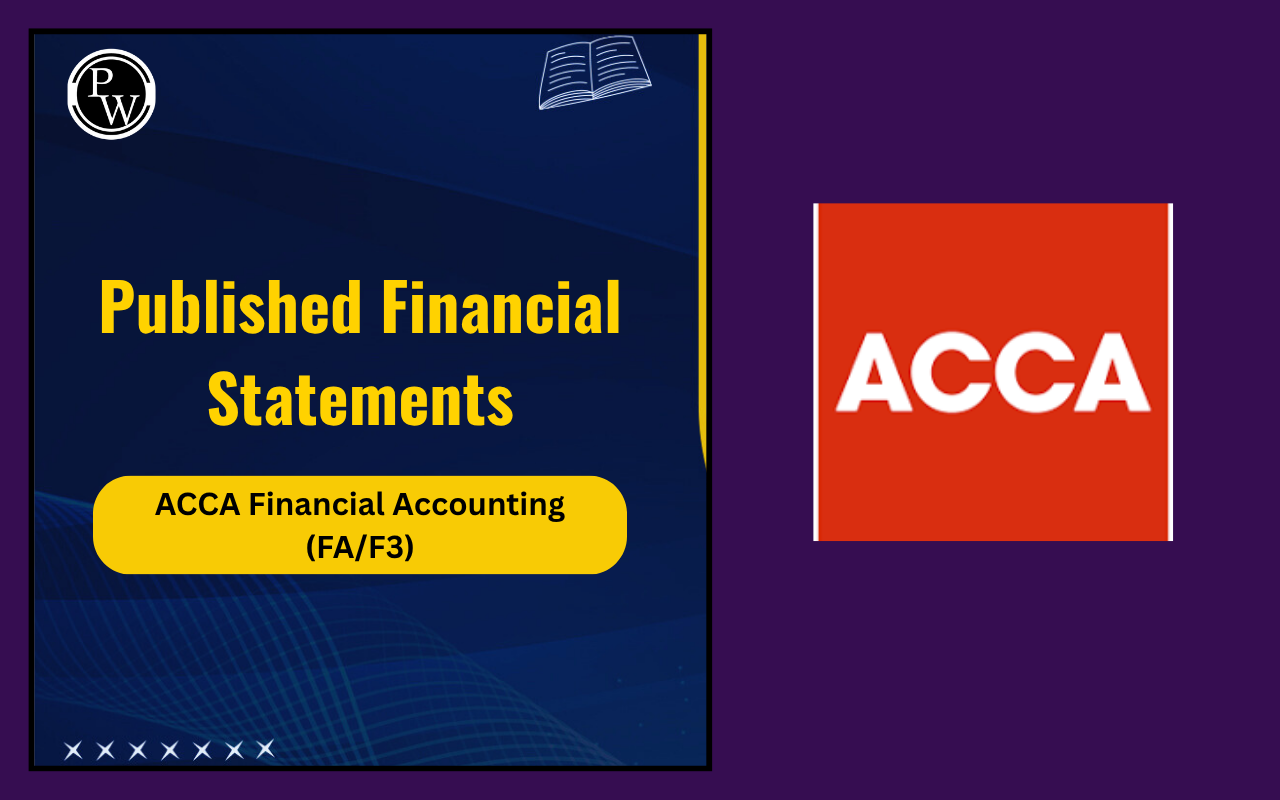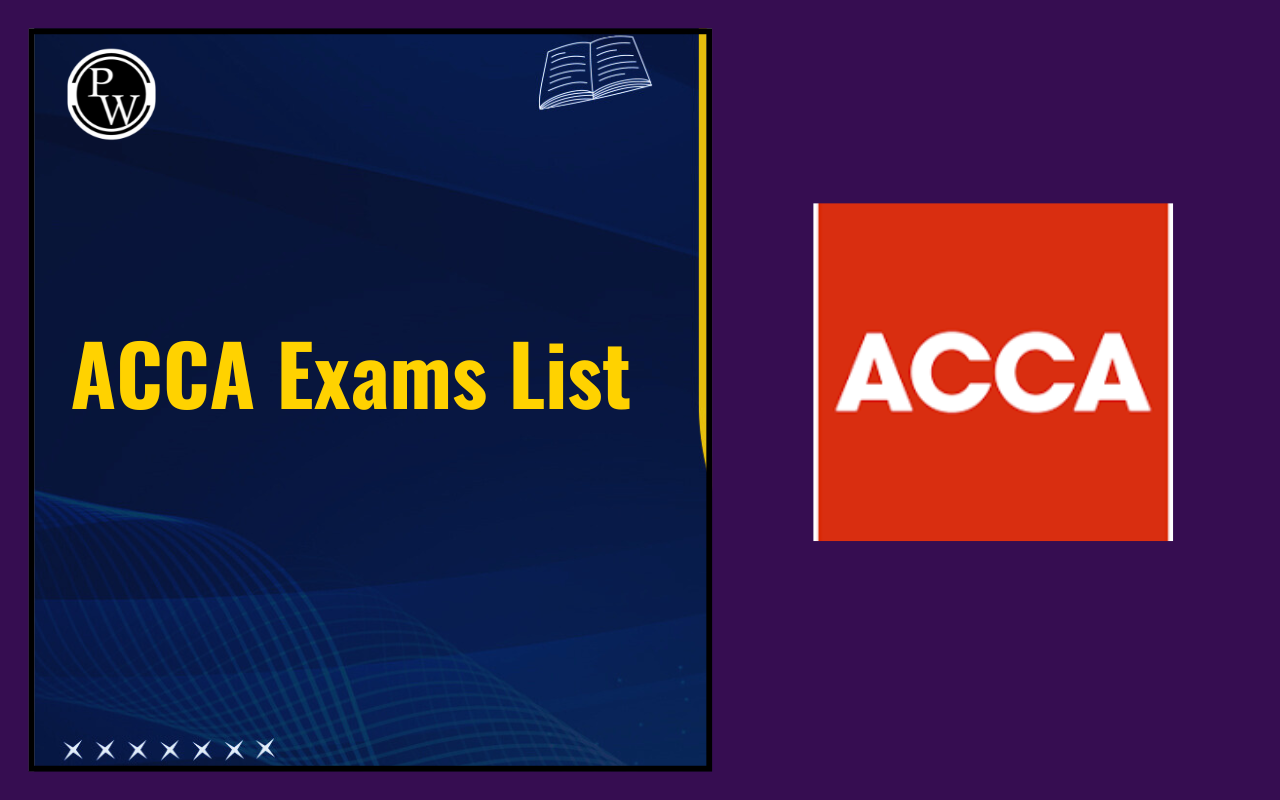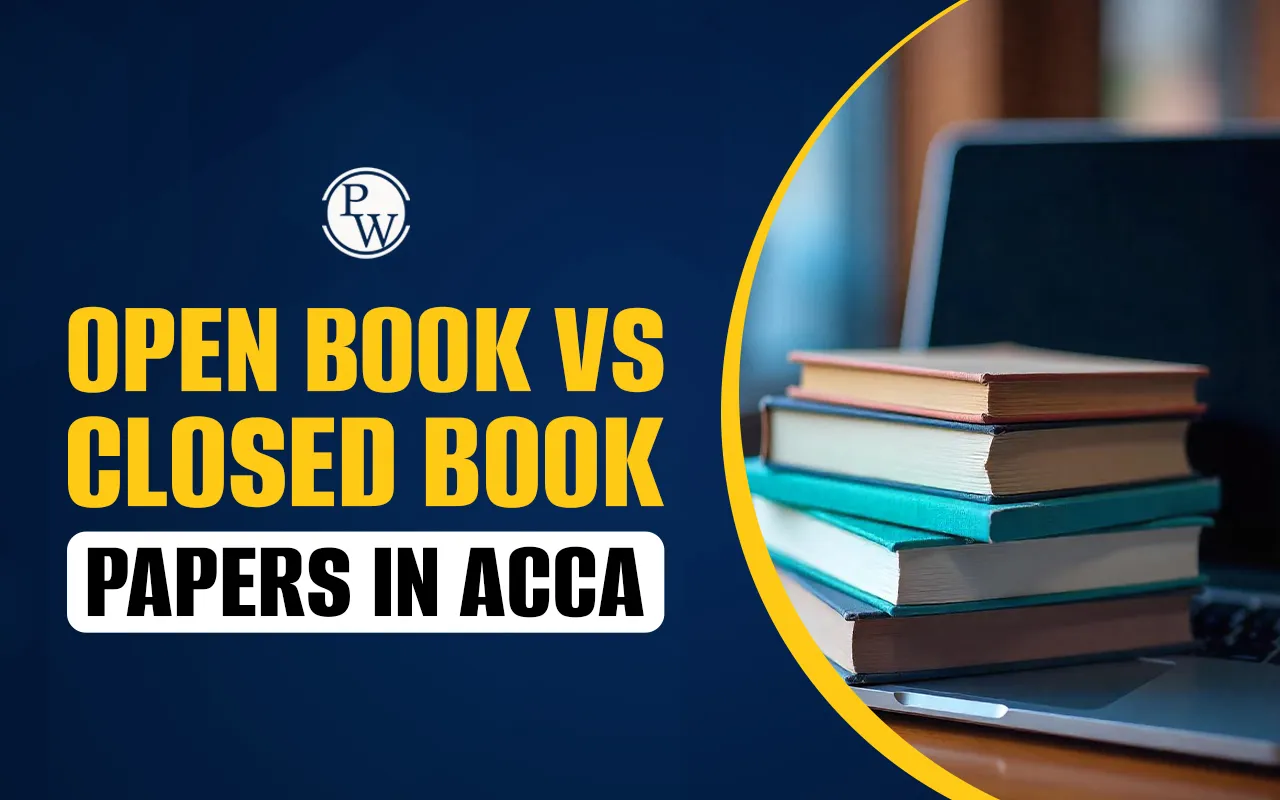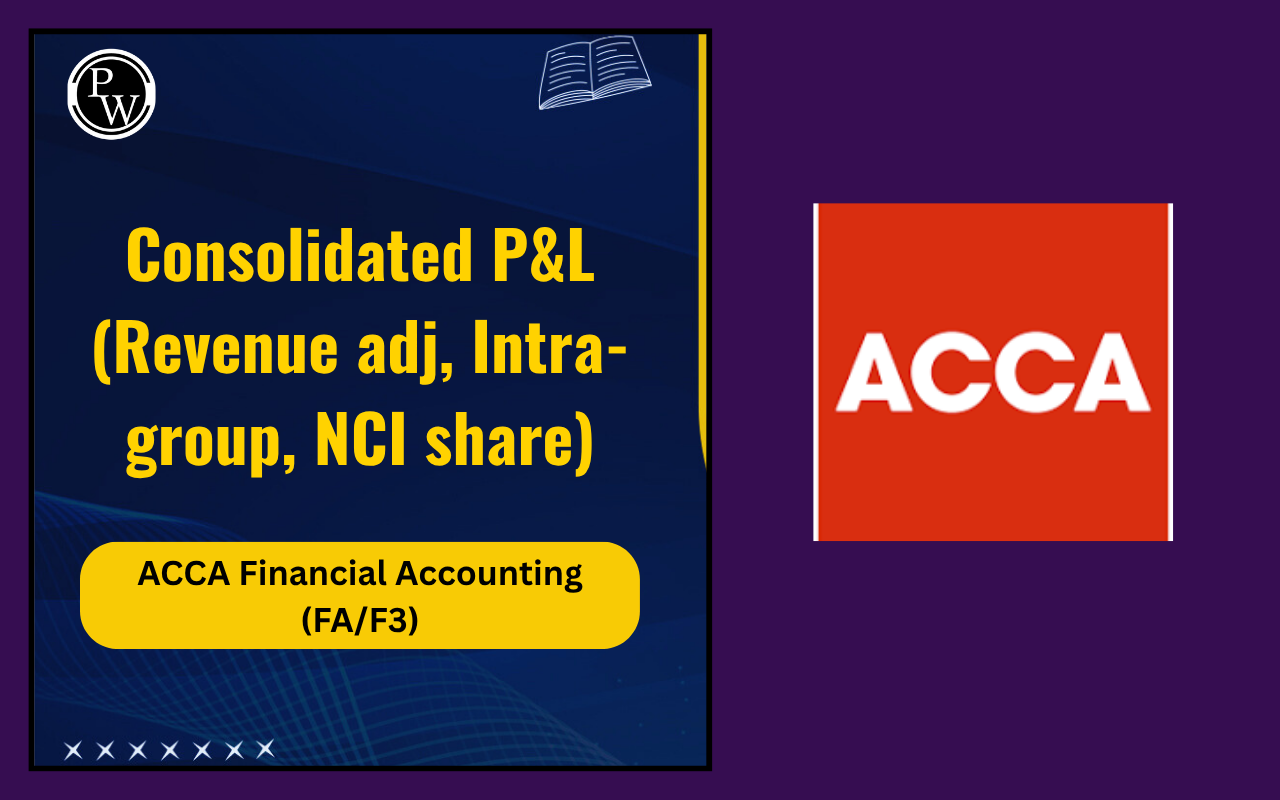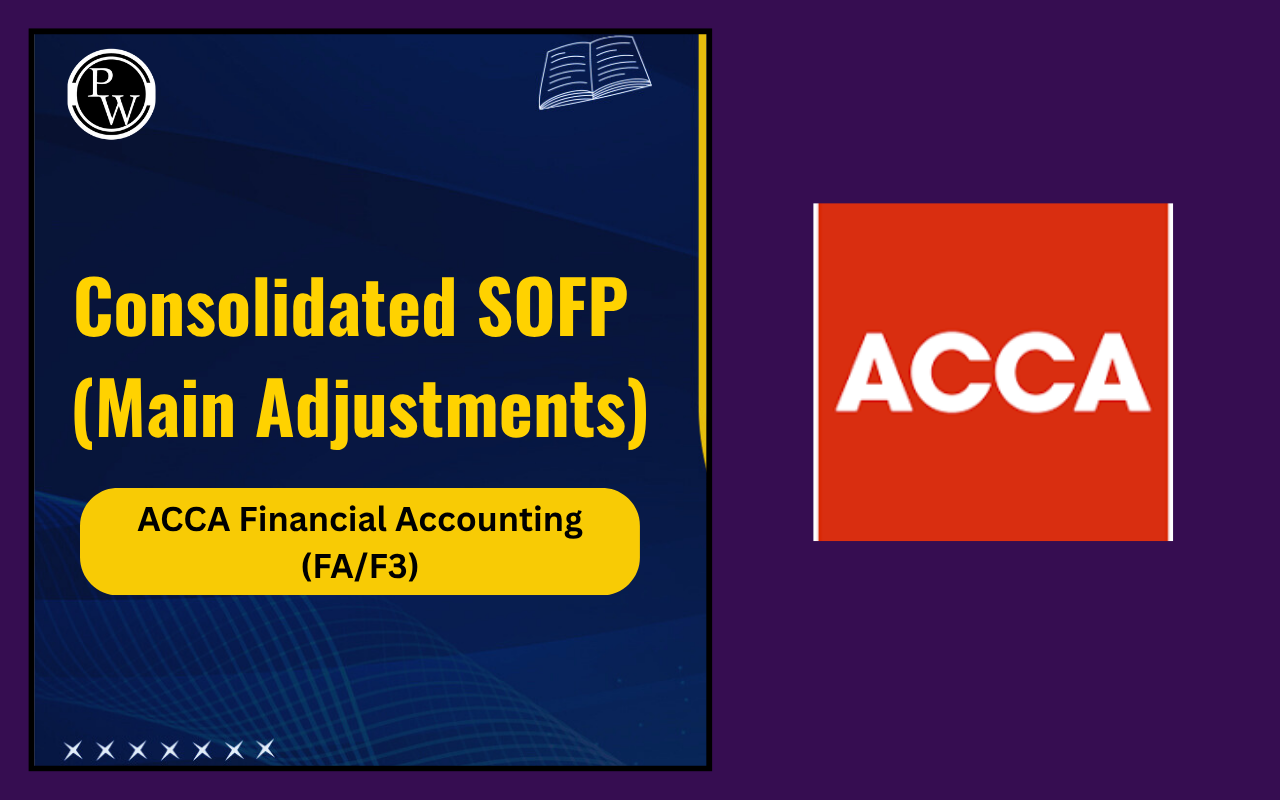
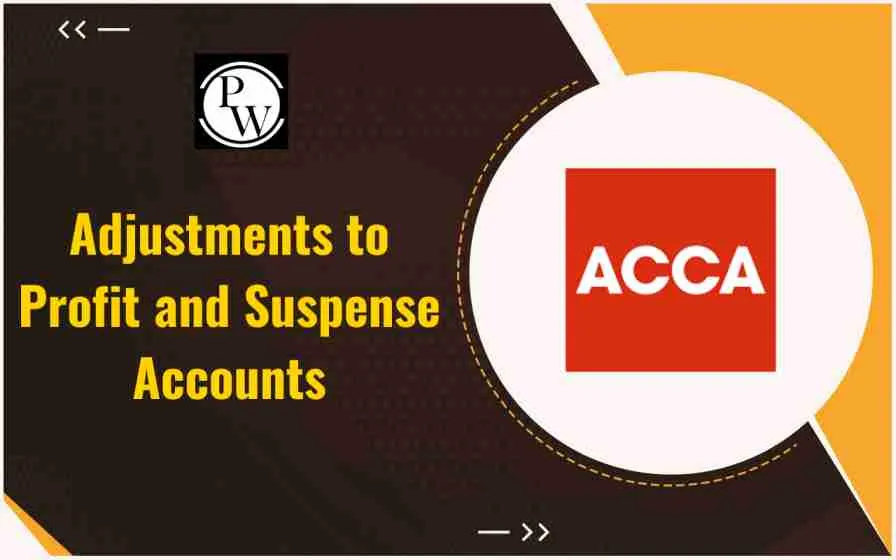
In ACCA Financial Accounting FA/F3, students must understand how to correct accounting errors effectively. These corrections, also known as adjustments to profit and suspense accounts, play a vital role in ensuring accurate financial reporting. This article explains how you can handle error rectification, especially when working with suspense account journal entries and profit adjustment accounting.
What are Adjustments to Profit and Suspense Accounts?
Adjustments to Profit and Suspense Accounts mean fixing mistakes in the books that may affect profit or create a mismatch in the trial balance. These errors can happen for many reasons and must be corrected for the accounts to show the right figures.
When the trial balance does not match, accountants use a temporary ledger account called the suspense account. This account helps to move forward with preparing financial statements until the real mistake is found and corrected.
Understand Why Errors Happen
Mistakes in accounting can happen due to:
- Forgetting to enter a transaction
- Entering the wrong amount
- Putting an entry in the wrong account
- Swapping debit and credit entries
These mistakes affect the accounts in different ways. So, it's important to know the reasons for suspense account creation and the correct way to fix the errors.
Classify the Types of Accounting Errors
To master the rectification of errors in FA/F3, you need to classify errors accurately:
Error of Omission: You forgot to record a transaction.
Error of Commission: You post a transaction to the wrong account of the same type.
Error of Principle: You violate accounting principles, such as treating capital expenses as revenue.
Error of Original Entry: You recorded the wrong amount in the books.
Compensating Error: Two or more errors cancel each other out.
Reversal of Entry: You reverse debit and credit entries.
Once you identify the type of error, you can move on to correcting it. This is essential in answering FA/F3 exam suspense questions correctly.
What does a Suspense Account mean?
A suspense account is a short-term ledger account that holds the discrepancy between debits and credits when the trial balance does not balance. This is not the concluding account. It serves merely as a location to hold the error until it gets resolved.
Causes for suspense account:
- To proceed with accounting tasks even if the trial balance is not equal.
- To retain unidentified errors until they are recognized
Use Suspense Accounts for Trial Balance Discrepancies
When your trial balance does not match, use a suspense account to record the difference temporarily. This account allows you to proceed with preparing the financial statements while you investigate the source of the mismatch.
Post Suspense Account Journal Entries:
Open a Suspense Account:
If the debit side exceeds:
Suspense Account Dr.
To Trial Balance Difference
If the credit side exceeds:
Trial Balance Difference Dr.
To Suspense Account
Once the actual mistake is found, you need to pass entries to transfer from suspense to the correct account.
Example: You forgot to record a purchase of ₹10,000.
Purchases A/c Dr. ₹10,000
To Suspense A/c ₹10,000
Clear the Suspense Account:
Once you correct all errors, ensure the suspense account has a zero balance.
Suspense accounts often appear in FA/F3 exam suspense questions, so make sure you practice journal entries related to them.
Profit Adjustment in Accounting
Some errors directly affect profit, especially those related to income or expenses. These need to be corrected by making adjustments to profit and suspense accounts.
Adjust Profit in These Scenarios:
1. Revenue Understated:
If you miss recording ₹5,000 in sales:
Accounts Receivable Dr. ₹5,000
To Sales A/c ₹5,000
(This increases profit by ₹5,000)
2. Expense Overstated:
If you post ₹2,000 wages twice:
Suspense A/c Dr. ₹2,000
To Wages A/c ₹2,000
(This correction increases profit by ₹2,000)
Adjusting profit correctly helps you ensure that the income statement reflects true profitability.
Follow a Step-by-Step Method for Rectification
To do adjustments to profit and suspense accounts, follow these steps:
-
Identify the Error: Analyze what went wrong.
-
Determine the Correct Entry: Think about what should have been recorded.
-
Find the Incorrect Entry: See what was actually posted.
-
Post the Correcting Entry: Make the adjustment journal entry.
-
Review the Impact: Check how the correction affects profit and the trial balance.
This step-by-step process simplifies complex correction scenarios and makes your answers more accurate.
Prepare for FA/F3 Exam Suspense Questions
This section helps you sharpen your skills for the exam by focusing on key topics like suspense accounts and profit adjustments, commonly tested in FA/F3.
- Practice suspense account journal entries regularly to improve your ability to detect and fix trial balance discrepancies.
- Review common questions involving profit adjustment accounting to familiarize yourself with frequently tested scenarios.
- Understand how each error type affects accounts so you can choose the correct journal entries during rectification.
- Use real-world examples to connect theory with practice and deepen your conceptual understanding for real accounting situations.
Avoid These Common Mistakes
Even skilled students can make avoidable errors while attempting error rectification tasks in FA/F3. Moreover, Recognizing these common mistakes can improve accuracy and boost exam performance.
- Avoid assuming that a matching trial balance guarantees error-free records undetected errors can still exist.
- Make sure you always clear the suspense account after resolving all discrepancies to prevent future confusion.
- Distinguish clearly between balance sheet adjustments and those that impact profit to maintain accurate financial reporting.
- Watch out for reversal of entries, as they can easily go unnoticed but may significantly affect account balances.
Practice Questions
Test your understanding of adjustments in trial balance, suspense accounts, and profit adjustment accounting with these practice questions:
-
A purchase invoice worth ₹15,000 was completely omitted from the books. What type of error is this? How will you rectify it?
-
The salary paid to employees ₹7,500 was wrongly debited to the Office Equipment account. Identify the type of error and pass the rectification entry.
-
A credit sale of ₹20,000 was wrongly recorded in the Purchases Book. What kind of error is this and how does it affect profit?
-
A rent payment of ₹5,000 was recorded twice. What rectification entry will you pass and how will it impact profit?
-
A balance of ₹2,000 on the credit side of the trial balance was mistakenly recorded on the debit side. Will this create a suspense account entry? How will you correct it?
By practicing more and understanding how to handle errors, you will get better at making adjustments to profit and suspense accounts in your FA/F3 exams. Remember to use the suspense account only when needed, and always clear it after the right entries are passed.
| Also Check: |
| Irrecoverable Debts and Allowances for Recoverables |
| Taxation Examiner Report |
| How to Attempt ACCA MCQs Smartly for Maximum Marks? |
| Can You Finish ACCA in Two Years? |
Adjustments to Profit and Suspense Accounts FAQs
What is a suspense account and when do we use it?
How do errors impact the profit figure?
Can a trial balance still tally if there are errors?
What should be done once all errors are corrected?

